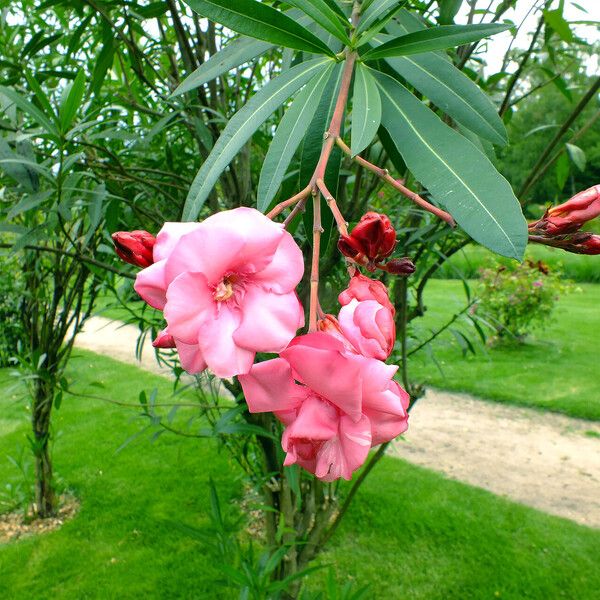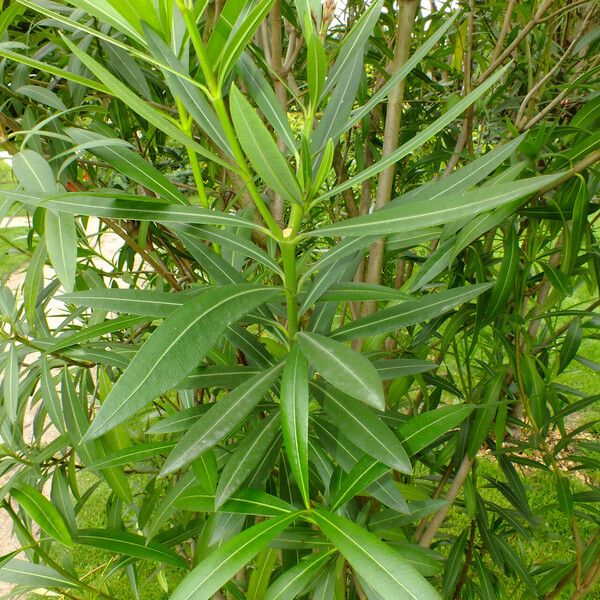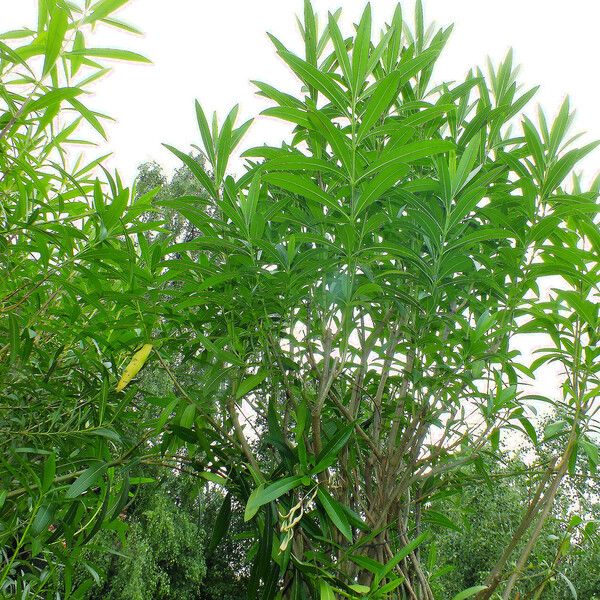Beobachtung
Bestimmung
Proposed determination
Wahrscheinlicher Name (Eingereichter Name)
100 %Confidence score
Suggest another determination
You don’t agree with the suggested species but don’t have another suggestion
Kommentare
Zusätzliche Daten
Erstellungsdatum
17. Juni 2024
Zuletzt überprüft
17. Juni 2024
Łódź, Botanical Garden
It is native to northern Africa, southern Europe, western Asia, the Indian sub-continent and western China.
Ornamental plant.
Herbal plant - oleander is a very poisonous plant, containing a powerful cardiac toxin, and should only be used with extreme caution; the leaves and the flowers are cardiotonic, diaphoretic, diuretic, emetic, expectorant and sternutatory; decoction of the leaves has been applied externally in the treatment of scabies and parasitic skin worms, and to reduce swellings; the roots are powerfully resolvent, because of its poisonous nature it is only used externally, it is beaten into a paste with water and applied to chancres and ulcers on the penis; an oil prepared from the root bark is used in the treatment of leprosy and skin diseases of a scaly nature; oleandrin (neriolin), a cardiotonic glucosides extracled from the leaves, has a salutary effect when used in the treatment of heart failure, it is more quickly absorbed by mouth and is less cumulative than digitoxin (obtained from Digitalis species); the whole plant is said to have anticancer properties.
Usable plant - the plant have an extensive root system and is often used to stabilize soil in warmer areas; the plant is used as a rat poison, a parasiticide and an insecticide; a green dye is obtained from the flowers.
Shared in
Gruppen (15)







